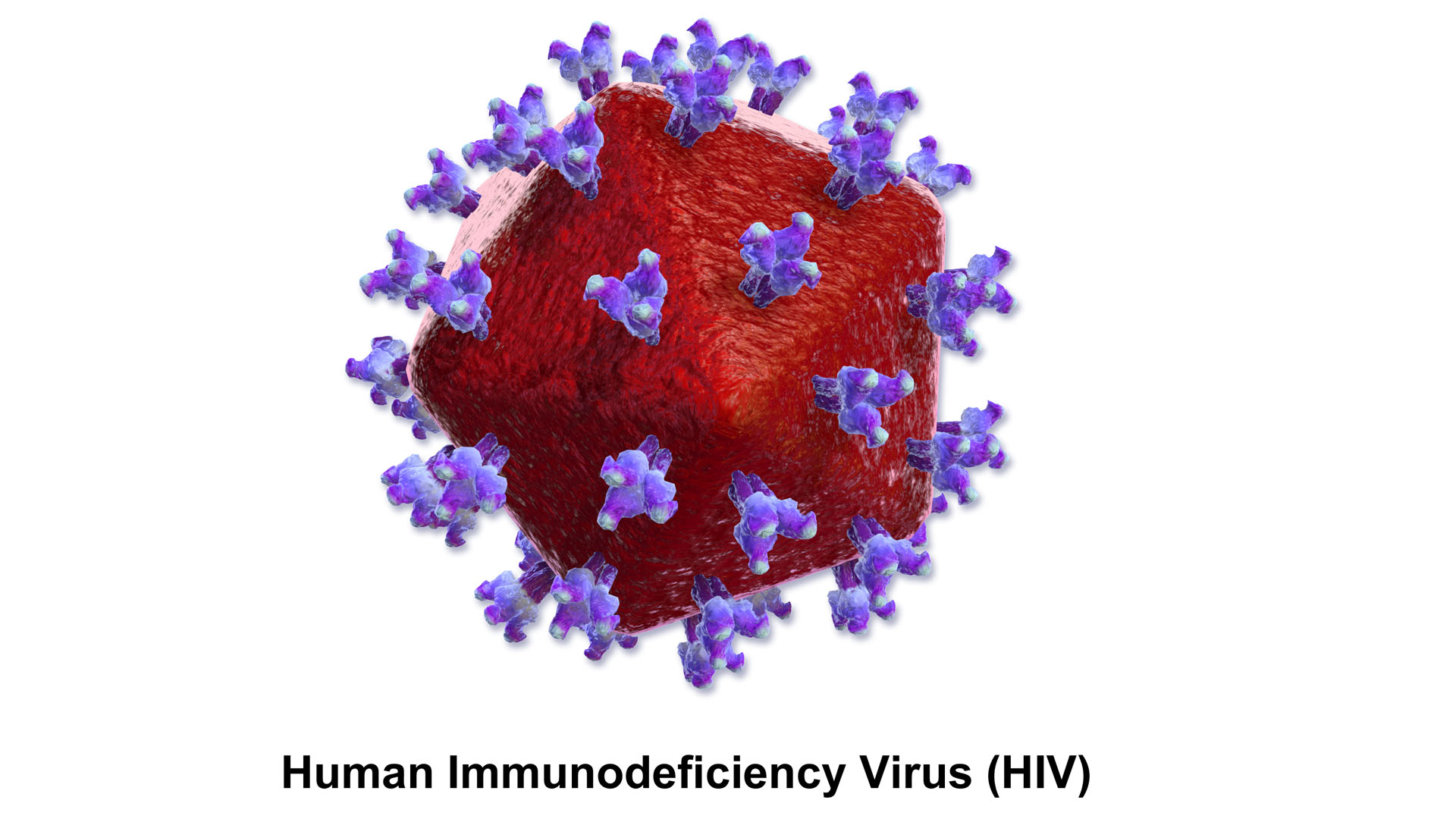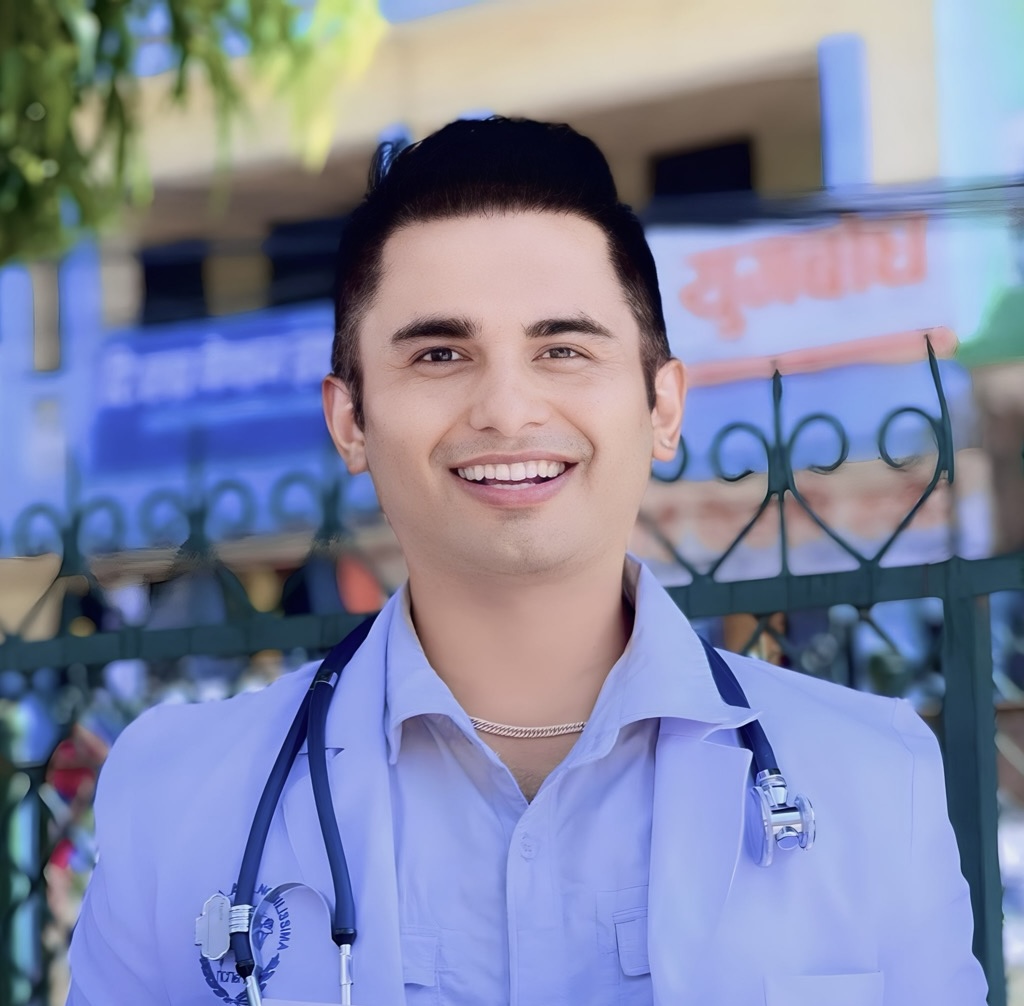
Human immunodeficiency virus (HIV) is a virus that attacks the white blood cells weakening the immune system of our body as a result patients easily get sick with diseases like tuberculosis, infections and cancers leading to death. Acquired immunodeficiency syndrome (AIDS) is the most advanced stage (stage 3) of the HIV infection.
HIV/AIDS is a global health challenge, impacting millions worldwide, including Nepal. Nepal faces many problems in treating this epidemic due to various social, economic, and healthcare factors. The transmission of HIV primarily occurs through unprotected sexual intercourse, sharing contaminated needles among drug users, and from infected mothers to their children during pregnancy, childbirth, or breastfeeding.
Socioeconomic factors such as poverty, illiteracy, and inadequate healthcare services are found to contribute to the prevalence of HIV/AIDS in Nepal. Despite significant challenges in combatting HIV, it is no more a threat to life in modern days. HIV can be treated and prevented with antiretroviral therapy (ART).
Developments in medical science
Developments in medical science have led to the invention of antiretroviral therapy, a crucial treatment for HIV. The Government of Nepal, NGOs and international organisations have been working tirelessly to provide access to ART among all the citizens. In past, HIV used to be a symbol of death.
Every year millions of deaths are registered due to HIV/AIDS alone. According to Dr Shraddha Lamsal, the crucial timestamp in the development of ART is considered to be the year 1987, when the first antiretroviral agent, zidovudine (AZT), a nucleoside reverse transcriptase inhibitor was developed.
In less than 40 years of the history of ART, more than 30 drugs have been developed, which have shown a very positive impact on the clinical progression of the infection and the livelihood of patients. Whereas Dr Sagar Panthi stresses that not only the therapy but also the early diagnosis of HIV with modern medical techniques and timely initiation of ART have aided in suppressing the virus and preventing the transmission to others.
It has also increased the longevity of the patients and improved the quality of life of the patients. As of July 2022, there are 84 ART sites and 45 ART Dispensing Centers operational in 76 districts of Nepal.
According to the WHO, in 2022 about 39 million people including 1.5 million children (0–14 years old) were living with HIV whereas, 630 thousand people including 84 thousand children died from HIV-related causes globally in 2022.
The number of people acquiring HIV has been reduced by 38 per cent and HIV-related deaths have been reduced by 51 per cent since 2010. Talking about the treatment, the number of HIV patients receiving antiretroviral therapy has reached 29.8 million globally in 2022.
Among them, 86 per cent knew their status, 76 per cent were receiving treatment and 71 per cent had suppressed viral loads. According to the National Centre for AIDS and STD Control, Kathmandu, in Nepal, the total number of people living with HIV has crossed 30,000 (13,000 adult females and 16,000 adult males) including 1,200 children (0–14 years old). Among them, about 23,000 patients (11,200 adult males and 10,100 adult females) including 1,200 children (0–14 years old) and 400 transgenders (15+ years) were receiving ART, indicating more than 7,000 patients still lack ART in Nepal.
The findings at Tulsipur

While surveying the ART centre of Rapti Provincial Hospital, Tulsipur, Dang, it has been found that a total of 148 patients are currently receiving ART regularly. Among them, 77 are males and 71 females (including two female and two male children), including two patients who have been diagnosed with HIV with Tuberculosis.
Antiretroviral therapy has been started by the centre in patients at the age of as early as six and as late as 55. The centre states that four patients have stopped visiting the centre after a few courses of the ART and their situation is unknown at present.
A total of 12 deaths of HIV-infected patients have been recorded during the period of treatment. The causes of death were other than AIDS in the case of 11 patients, and one due to AIDS. Sabin (name changed) has been on ART continuously for more than 18 years.
He says, “Life has been quite easier with ART. I no longer need to be afraid of my early death as it used to be taboo during my young age. I am 55 and still perfectly fit and fine.” The ART centre of Rapti Provincial Hospital was established in 2017 and is currently being served by one ART counsellor and one HA-ART.
Although ART has become a milestone for the treatment of patients with HIV/AIDS, preventing new HIV infections is as crucial. The Government of Nepal along with WHO has been actively focusing on prevention strategies through various initiatives, such as:
- Educational and awareness programmes: Many programs have been launched at different levels for the promotion of awareness about safe sex practices, the importance of the use of condoms and femidom, and modes of transmission of HIV to reduce the transmission.
- Access to healthcare services: The Nepal Government has ensured confidentiality and free access to preventive measures, testing, and treatment facilities, especially for vulnerable populations, through healthcare centres and outreach programmes.
- Harm reduction programmes: Various harm reduction strategies have been implemented among injecting drug users, to prohibit the exchange of the same needle among them to decrease the risk of HIV transmission.
- Empowerment of communities: Different programmes are being conducted throughout the nation focusing on engaging communities, especially marginalised groups, in decision-making processes and empowering them with knowledge and resources to protect and prevent themselves from HIV.






















